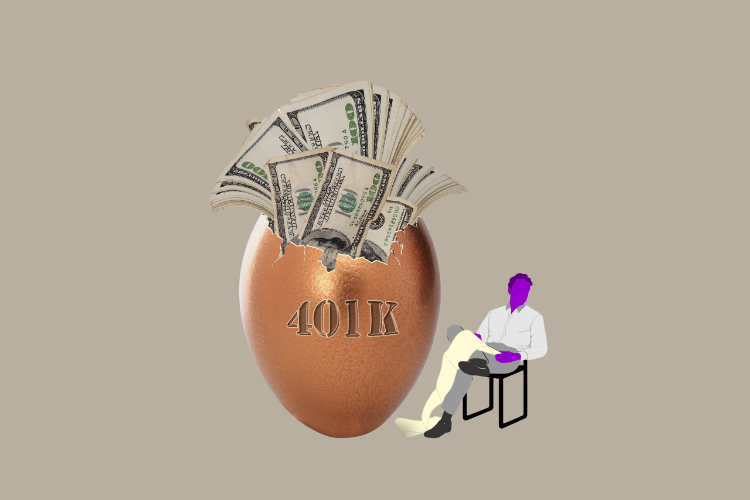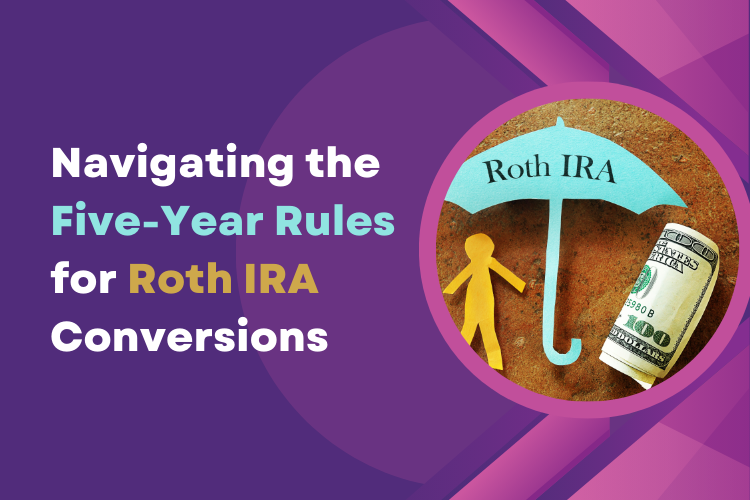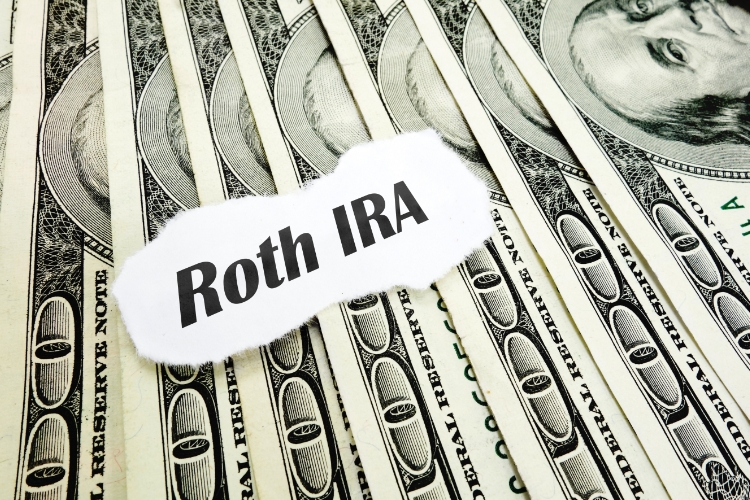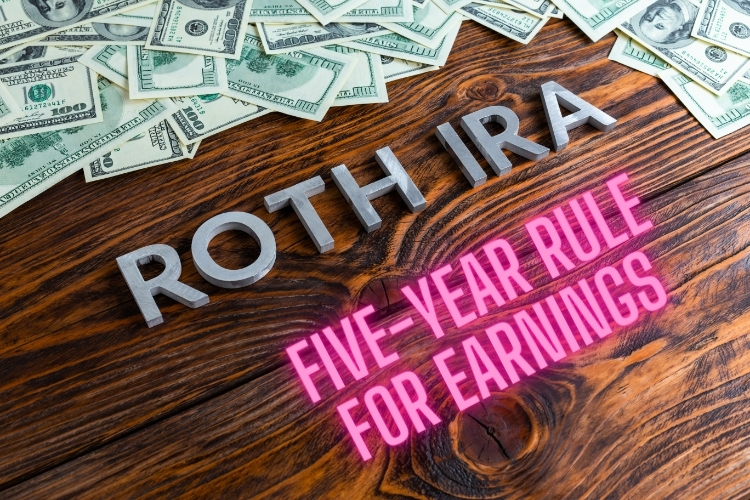
Why You Should Avoid Investing in Real Estate with Debt Using a Roth IRA and Opt for a Roth Solo 401(k) Instead
Investing in real estate has the potential to generate substantial wealth, but the financing strategy you choose may have a significant influence on your financial results.
Although both Roth IRAs and Roth Solo 401(k)s provide tax benefits, they have contrasting approaches to managing real estate debt-funded assets.
For many reasons, it would be best to prioritize utilizing a Roth Solo 401(k) instead of a Roth IRA for these particular assets.
1. Unrelated Debt-Financed Income (UDFI) Tax
If you use debt to invest in real estate via a Roth IRA, you may be liable to pay Unrelated Debt-Financed Income (UDFI) tax. This tax applies to the share of revenue derived from the property’s debt-financed component.
For instance, in the case of acquiring a property with 50% debt, 50% of the income derived from such property may be liable to UDFI tax. Using a Roth IRA for real estate investments might result in a substantial reduction in tax benefits.
On the other hand, a Roth Solo 401(k) often does not incur UDFI tax on real estate assets. This implies that you may use borrowed money to invest in real estate without being concerned about paying extra taxes on the revenue earned but maintaining the advantages of tax-free growth provided by your Roth Solo 401(k).
2. Higher Contribution Limits

Roth IRAs have relatively low annual contribution limits, which can restrict the amount of capital you can invest in real estate. As of 2024, the contribution limit for a Roth IRA is $7,000 ($8,000 if you’re 50 or older).
This makes it challenging to accumulate enough funds to make significant real estate investments without taking on substantial debt.
On the other hand, a Roth Solo 401(k) lets you put in a lot more money. When you add up your employee and company payments for 2024, you can put in up to $69,000 ($76,500 if you’re 50 or older).
With these higher limits, you can quickly build a more significant cash pool, so you don’t have to rely on loans to purchase real estate.
3. Greater Investment Flexibility
A Roth Solo 401(k) often provides more flexibility regarding investment options than a Roth IRA. With a Roth Solo 401(k), you can invest in a wide range of assets, including real estate, without the same restrictions that might apply to a Roth IRA.
This adaptability may be especially beneficial when you want to broaden your investment portfolio and capitalize on different real estate prospects.
4. Loan Provisions

With a Roth Solo 401(k), you can borrow and use money from your account for anything, even investing in real estate. You can borrow as much as $50,000, which is 50% of your account balance. This function adds another way to get money for real estate purchases without paying the UDFI tax.
Roth IRAs don’t have loan options, so you can only use the money to invest in real estate if you take withdrawals, which could be taxed and penalized if you aren’t eligible.
Conclusion
Although both Roth IRAs and Roth Solo 401(k)s offer tax-free growth and tax-free withdrawals in retirement, the Roth Solo 401(k) provides substantial benefits to real estate investors, particularly when employing debt.
The Roth Solo 401(k) is a more effective vehicle for leveraging debt in real estate investments due to the loan provisions, significant investment flexibility, higher contribution limits, and exemption from UDFI tax.
You can enjoy the full benefits of tax-free growth and maximize your investment potential by selecting a Roth Solo 401(k).




